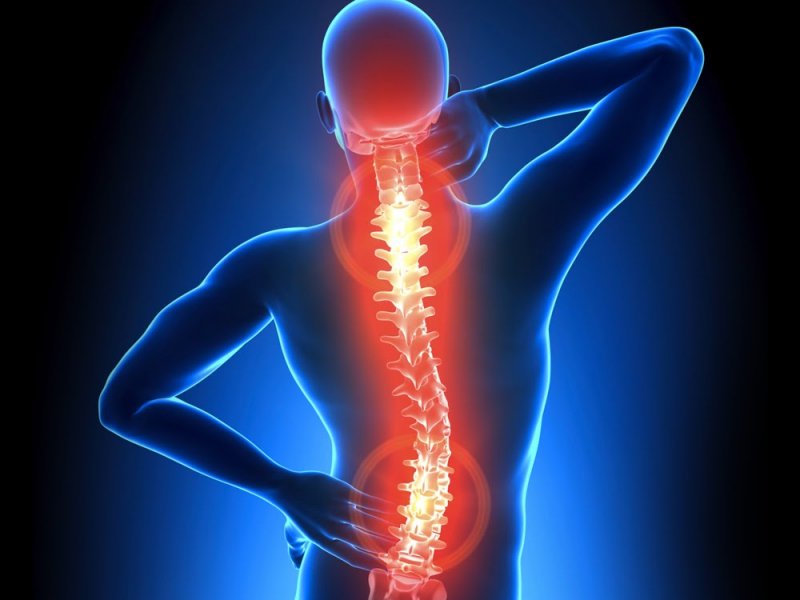Welcome to the Spine and Brain Clinic, where our team, led by renowned neurosurgeon Dr. Vivek Bonde, is dedicated to providing comprehensive care for slip disc patients. In this blog post, we will explore the various surgical interventions available for slip disc, shedding light on what you need to know to make informed decisions about your treatment options.
Understanding Slip Disc and Its Surgical Indications:
We begin by providing a brief overview of slip disc, its causes, and symptoms. We then delve into the factors that determine when surgical intervention becomes necessary, such as severe pain, neurological deficits, and failed conservative treatments.
- Evaluating the Severity of Slip Disc: Diagnostic Tools and Imaging Techniques: Dr. Bonde and his team use state-of-the-art diagnostic tools and imaging techniques to assess the severity and location of the slip disc. We discuss these methods, including MRI scans, CT scans, and discography, explaining how they aid in surgical planning.
- Micro discectomy: A Minimally Invasive Approach: Micro discectomy is one of the most commonly performed surgical procedures for slip disc. We explore the technique in detail, highlighting its minimally invasive nature, the benefits it offers, and the expected recovery process.
- Lumbar Laminectomy: Relieving Pressure on the Spinal Cord: For more severe cases of slip disc, a lumbar laminectomy may be recommended. We explain the procedure, which involves removing a portion of the lamina to alleviate pressure on the spinal cord, and discuss its potential outcomes and risks.
- Artificial Disc Replacement: Restoring Spinal Mobility: In cases where the damaged disc needs to be replaced, artificial disc replacement surgery can be an effective solution. We outline the procedure, its advantages over traditional fusion surgery, and the importance of patient selection.
- Spinal Fusion: Stabilizing the Spine: When slip disc causes excessive instability in the spine, spinal fusion may be necessary. We cover the different fusion techniques, such as anterior/posterior fusion and interbody fusion, discussing their goals, potential complications, and recovery expectations.
- Endoscopic Spine Surgery: Minimally Invasive Techniques: Endoscopic spine surgery is gaining popularity as a minimally invasive alternative for slip disc treatment. We shed light on this advanced technique, explaining how it works, its advantages, and the specific cases in which it may be considered.
- Risks and Complications of Surgical Interventions: No surgical procedure is without risks. In this section, we address the potential complications associated with slip disc surgeries, emphasizing the importance of choosing an experienced surgeon like Dr. Vivek Bonde and following post-operative guidelines.
- Rehabilitation and Post-Operative Care: Recovery and rehabilitation are critical aspects of slip disc surgery. We provide insights into the post-operative care process, including pain management, physical therapy, and lifestyle modifications, to ensure a successful recovery.
- Patient Testimonials and Success Stories: To instill confidence and offer real-life experiences, we feature patient testimonials and success stories from our Spine and Brain Clinic. These stories illustrate how surgical interventions for slip disc have positively impacted patients’ lives.
Summary:
Slip disc is a condition that may require surgical intervention when conservative treatments fail or when neurological deficits are present. By understanding the various surgical options available, such as micro discectomy, lumbar laminectomy, artificial disc replacement, spinal fusion, and endoscopic spine surgery, patients can make informed decisions about their treatment. Dr. Vivek Bonde at the Spine and Brain Clinic are committed to providing personalized care and ensuring the best possible outcomes for slip disc patients.

